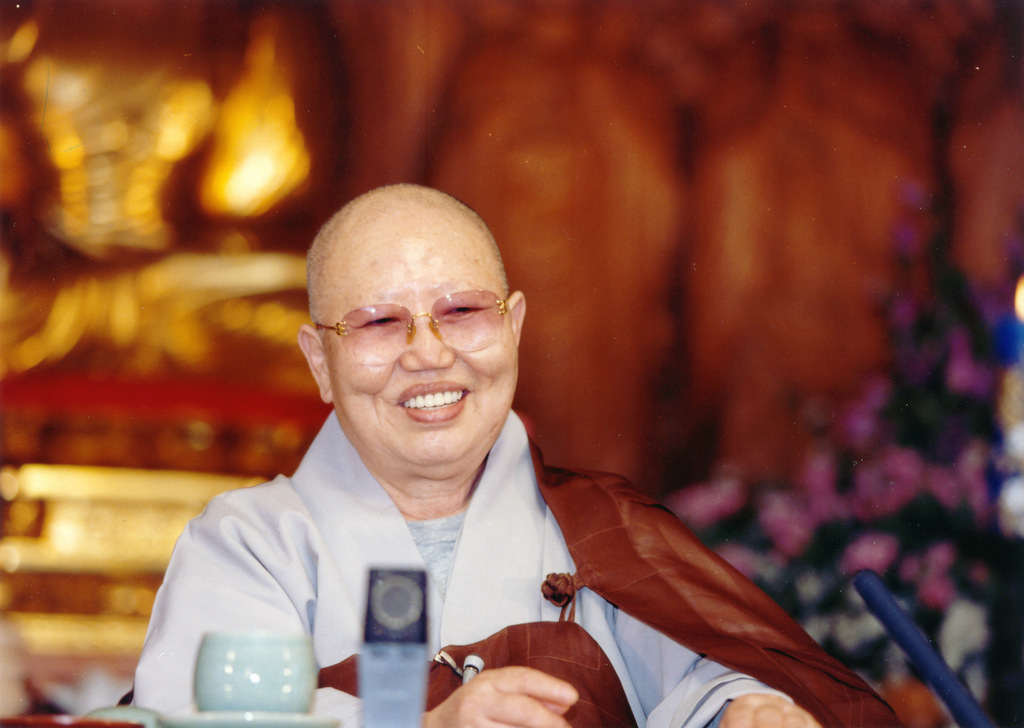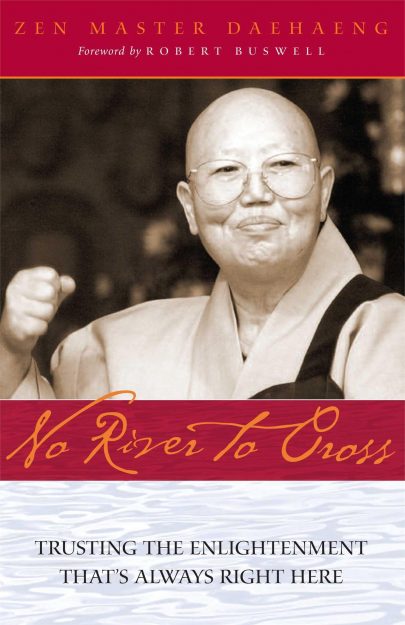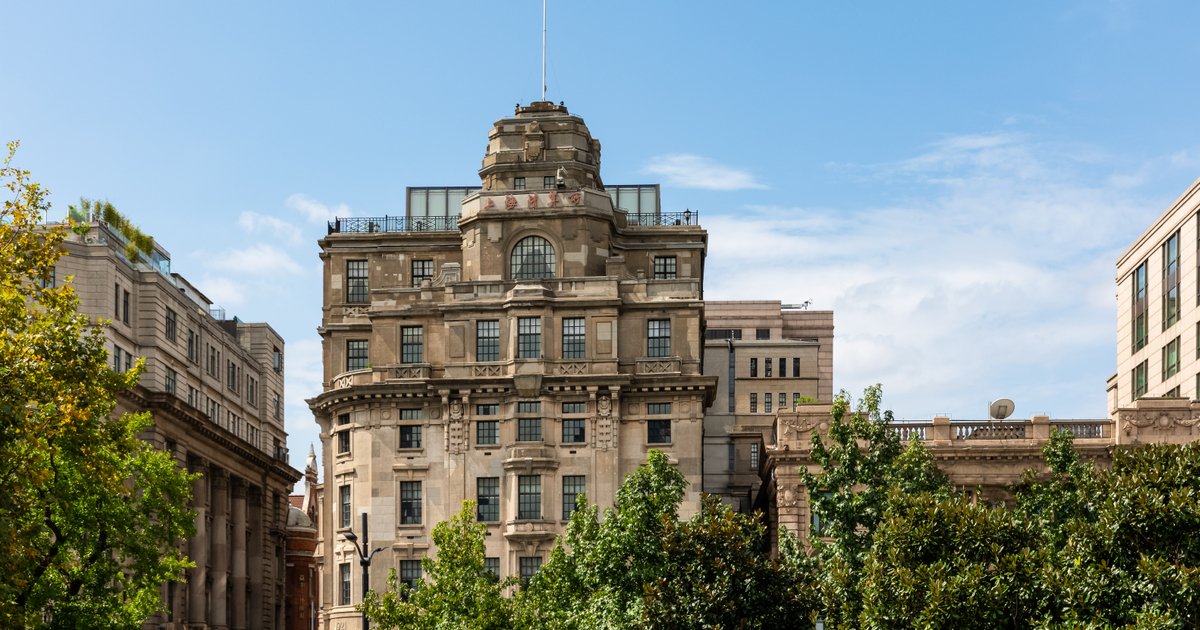The Path to Awakening
Korean Zen master Daehaeng offers a concise teaching on reaching enlightenment in the midst of defilements The post The Path to Awakening appeared first on Tricycle: The Buddhist Review.

Korean Zen master Daehaeng offers a concise teaching on reaching enlightenment in the midst of defilements
By Daehaeng May 27, 2025 Daehaeng Kun Sunim during a Dharma talk. | Image via Wikimedia Commons
Daehaeng Kun Sunim during a Dharma talk. | Image via Wikimedia CommonsEnlightenment does not mean getting rid of an unenlightened self, and then finding a self that is Buddha somewhere else. Because you are a Buddha, there is no self to throw away, and no self to find. Just get rid of ignorance and elusions, and you will know that you are a Buddha and that you are already complete as you are. If you awaken to this, you will burst out laughing at how much effort you spent in order for you to become yourself. This is the laughter of peace and joy.
Enlightenment means never being stained by living and dying, even though you live in the world of creation and disappearance. It is knowing that you do not throw away this realm and go to another realm. It is knowing that enlightenment exists in the midst of defilements, instead of thinking that you have to throw away defilements in order to reach a separate state of enlightenment. Enlightenment is knowing that there is no absolute self that exists apart from the self that has defilements, delusions, and worries right now. It is knowing that thinking, hearing, and false thoughts all arise from Hanmaum [Korean: 한마음, “one mind” or the universal mind or energy that connects all beings and is the origin and foundation of existence]. All of these are enlightenment.
Enlightenment is knowing that there is no absolute self that exists apart from the self that has defilements, delusions, and worries right now.
If you pay attention only to emptiness and ignore the material world, or if you ignore your present circumstances, saying “Everything is impermanent,” or “There is no self,” then this is not the middle way. If you see only one side but not the other side, then you have deviated from the middle way, without which there is no enlightenment.
In order to thoroughly understand yourself and reach enlightenment, you must die three times, and these three times are also not three times. After dying the first time, you find yourself. After dying the second time, you know that all things are not two. And, after dying the third time, you are able to manifest non-dually. That is to say, you must overcome three stages that are not fixed stages: First, return all things and obstacles to your foundation. If you keep doing this you will eventually discover your fundamental nature. Then, once you discover your true self, you have to let go of even this with mindless mind. If you keep doing this, you’ll truly realize that you and all existence are not separate. Finally, if you keep letting go like this, even mindless mind will melt down, and the state of true emptiness will be reached. At this point, you are able to manifest non-dually. Although the stages are different, the way you have to practice is the same for each: return inwardly, see all things as yourself—never as something separate—and let go of even this and go forward.
If you’re a practitioner with firm belief, there are no stages in spiritual practice, because the truth, in its entirety, is functioning equally at every single place and time, thus it is accessible to every single one of us, at every instant. In this sense there are no stages, but from another point of view, stages clearly exist. You must pass through them and go forward without being lazy.
© 2007 by Daehaeng Sunim, No River to Cross: Trusting the Enlightenment that’s Always Right Here. Reprinted by arrangement with Wisdom Publications.
![]()
Thank you for subscribing to Tricycle! As a nonprofit, we depend on readers like you to keep Buddhist teachings and practices widely available.

 KickT
KickT 




















![The 2026 AI Search Benchmark Every SEO Leader Needs [Webinar] via @sejournal, @lorenbaker](https://www.searchenginejournal.com/wp-content/uploads/2025/11/1-259.png)











